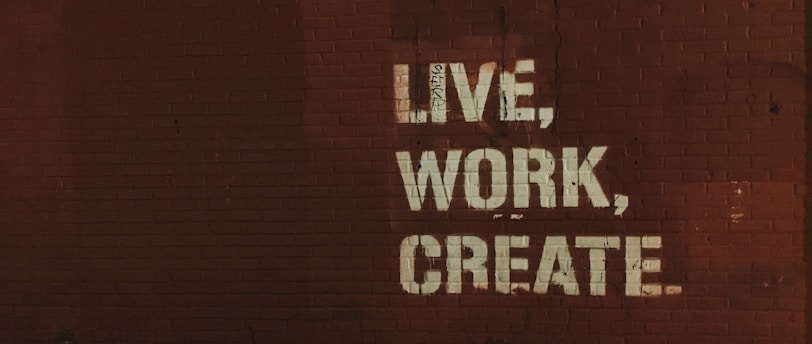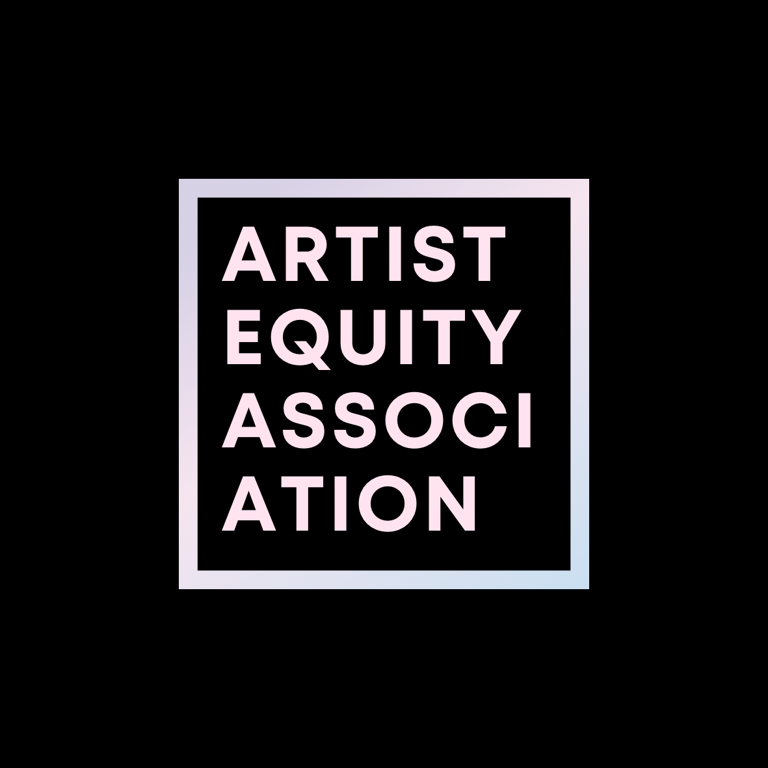Practical Steps to Develop and Strengthen Your Artistic Practice
Creativity is a skill that grows with consistent practice and exploration. In this blog post, we discuss how to build a creative routine, engage with different art forms, overcome creative blocks, and embrace collaboration to enhance your artistic practice. Learn practical tips and strategies for nurturing creativity and developing your craft. Creativity isn’t just for the chosen few—it’s a skill that everyone can cultivate with the right mindset and dedication!
Monica Fish
12/13/20244 min read


Practical Steps to Develop and Strengthen Your Artistic Practice
Creativity is often thought of as an innate gift, something you either have or don’t have. But the truth is, creativity is a skill—one that can be honed, nurtured, and developed over time. Just like any other skill, the more you practice and engage with it, the better you become. Whether you’re a visual artist, writer, musician, or entrepreneur, creativity is a tool that fuels innovation and self-expression. In this blog post, we’ll explore practical steps to help you develop your creativity and create a thriving artistic practice.
1. Understanding Creativity as a Skill
Creativity isn’t just about coming up with great ideas out of nowhere; it’s about the process of problem-solving, adapting, and experimenting. It’s about finding new ways of looking at the world and using your imagination to create something unique. By viewing creativity as a skill, you open yourself up to the possibility of growth. Just like learning a new language or musical instrument, creativity can be nurtured through practice, patience, and perseverance.
2. Building a Creative Routine
One of the most effective ways to cultivate creativity is by developing a routine that encourages regular creative expression. When creativity becomes a part of your daily life, it’s easier to stay inspired and motivated. A structured routine helps you carve out time for creative activities, even when life gets busy. A creative routine doesn’t have to be rigid—it should flow with your life and adapt to your needs, but consistency is key.
Tips for Building a Creative Routine:
Set a Daily Creative Time: Whether it’s writing for 30 minutes, sketching, or brainstorming ideas, dedicating time each day to your craft can make a world of difference.
Create a Creative Workspace: Surround yourself with inspiring objects, tools, and materials. A dedicated space helps to signal your brain that it’s time to be creative.
Start Small: If you’re just starting, don’t overwhelm yourself with big goals. Set small, achievable creative targets, such as writing 500 words a day or completing a small sketch each week.
3. Engage with Different Art Forms
Creativity can be expanded by engaging in various art forms or hobbies that challenge your thinking in new ways. Experimenting with different mediums—whether it’s painting, photography, dance, or digital design—can help you discover new methods of self-expression and inspire fresh ideas. It’s important to allow yourself to play with new tools, even if they’re outside of your usual comfort zone.
Examples of Creative Exploration:
Try a New Medium: If you’re a painter, try digital art or photography. If you’re a writer, experiment with poetry or scriptwriting.
Attend a Workshop: Taking part in workshops, whether local or online, can expose you to new techniques and artistic approaches. These experiences can expand your creativity and give you new skills to bring into your practice.
4. Embrace the Power of Collaboration
Collaborating with other creatives can be a powerful way to expand your artistic practice. When you work with others, you’re exposed to different ideas, perspectives, and techniques that can help push your creativity to new heights. Collaboration doesn’t always mean working on a joint project—it can also mean seeking feedback, sharing inspiration, or brainstorming together.
How Collaboration Can Enhance Creativity:
Feedback Loops: Sharing your work with fellow artists allows for constructive feedback, which helps refine your creative ideas.
Inspiration from Others: Collaboration allows you to learn from others and be inspired by their approaches and ideas.
New Opportunities: Working with other creatives can open doors to new projects, events, or partnerships you might not have considered on your own.
5. Overcome Creative Blocks with Mindfulness and Play
Every creative person experiences creative blocks at some point, but these moments don’t have to hinder your practice. One of the best ways to break through creative blocks is to reconnect with a sense of play and mindfulness. When you approach creativity with a spirit of curiosity rather than pressure, new ideas can flow more easily.
Strategies for Overcoming Creative Blocks:
Mindfulness Practices: Engage in activities that relax the mind, such as meditation, yoga, or nature walks. These practices help reduce stress and clear mental clutter, allowing space for creative ideas.
Embrace Play: Don’t worry about the final product—just play! Try doodling, mixing colors, or writing without a specific purpose in mind. Sometimes the most exciting ideas come from spontaneous, unstructured exploration.
6. Continuous Learning and Growth
Just as any skill requires practice, creativity benefits from continuous learning. Explore books, podcasts, and courses that teach new creative techniques or offer insights into the creative process. Consistent learning keeps your mind sharp and allows you to refine your craft. By remaining open to new experiences and growth, you develop your creative skills in ways that push you further along your artistic journey.
Resources for Creative Learning:
Books:
Steal Like an Artist by Austin Kleon – A short, inspiring book about unlocking your creativity through experimentation and innovation.
The Creative Habit by Twyla Tharp – A comprehensive guide to developing creative habits and routines.
Online Platforms:
Coursera and Udemy offer courses in everything from painting techniques to creative writing and digital design.
YouTube has thousands of tutorials that teach various artistic skills, from photography editing to learning new painting techniques.
7. Celebrate Your Progress
Finally, remember to celebrate your creative progress, no matter how big or small. Creativity isn’t about perfection; it’s about progress. Acknowledge the effort you put into your practice, and don’t be afraid to share your work with others. Over time, you’ll build a creative portfolio that reflects your growth and passion for your art.
Conclusion
Creativity is a skill that anyone can develop, and by incorporating daily practices, exploring different art forms, collaborating with others, and committing to lifelong learning, you can build and strengthen your artistic practice. Don’t let fear or doubt hold you back—embrace the process and enjoy the journey. Your creativity is a powerful tool, and the more you work with it, the more it will flourish.
Artist Equity Association
Supporting artists in their professional growth journey.
Resources
Connect
© Artist Equity Association 2024. All rights reserved.
Membership Benefits
Member Curriculums & Courses
ADVOCACY
